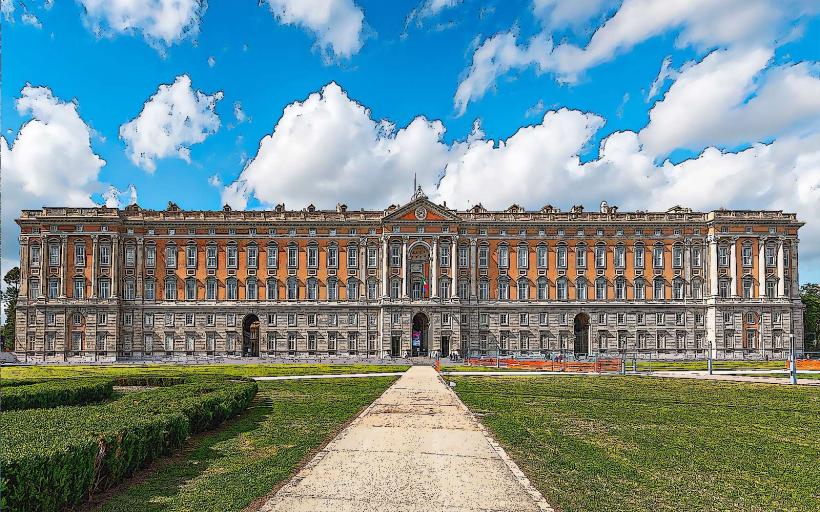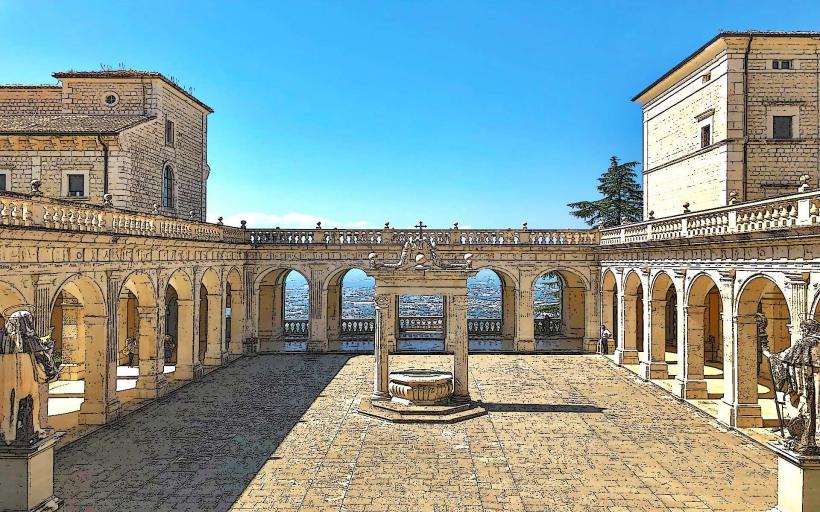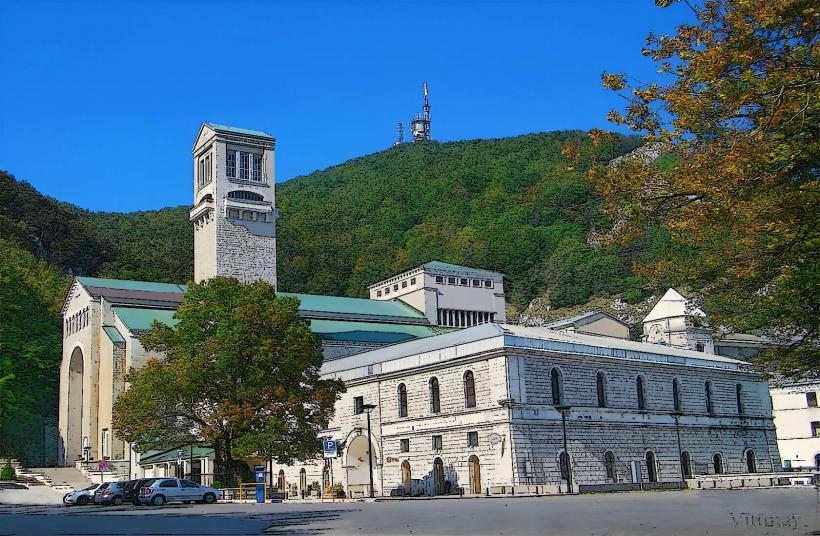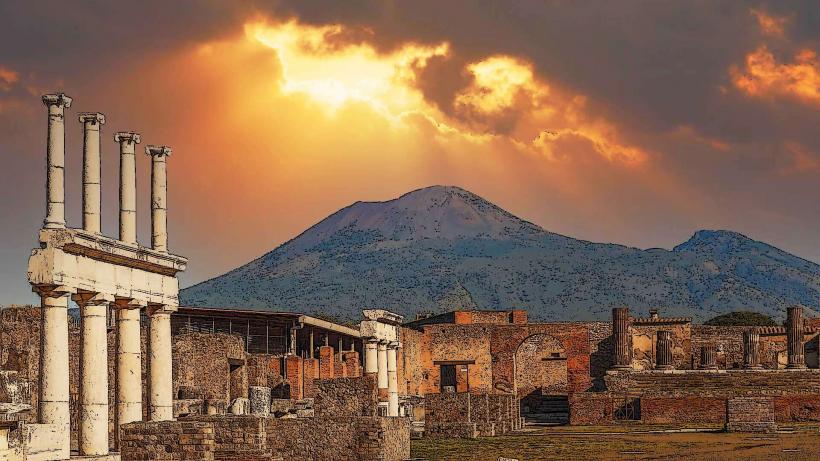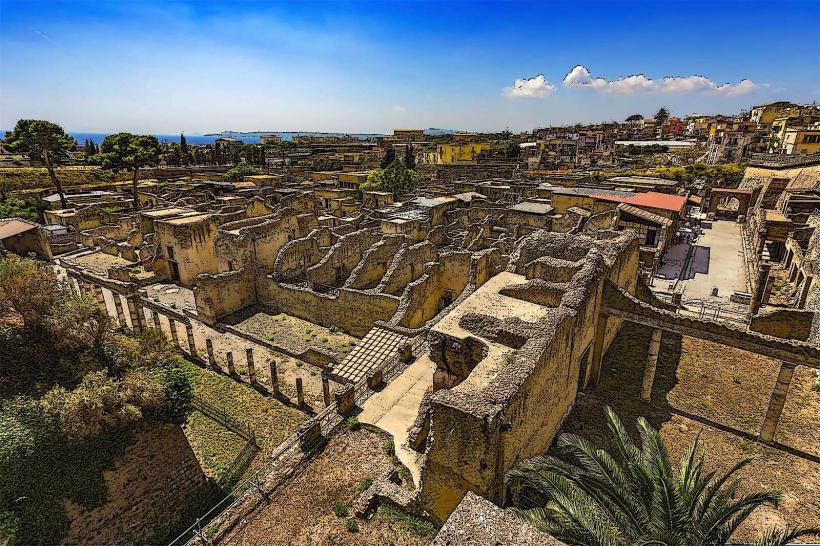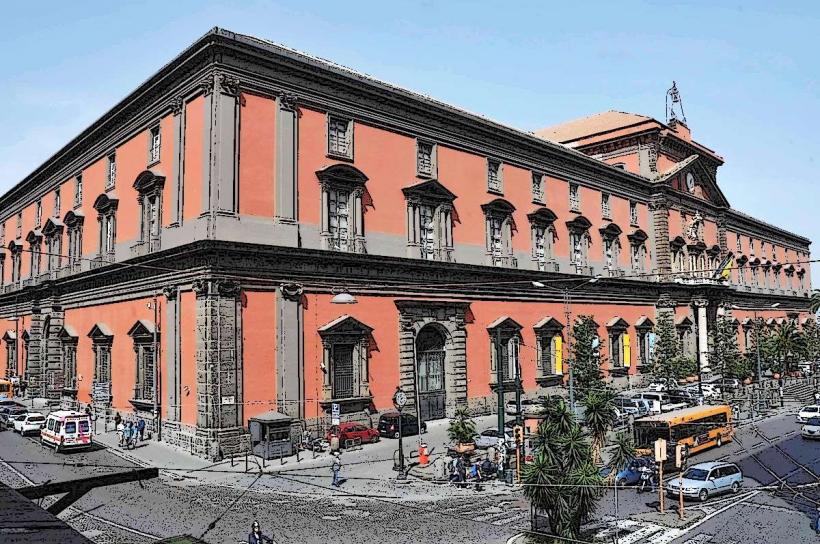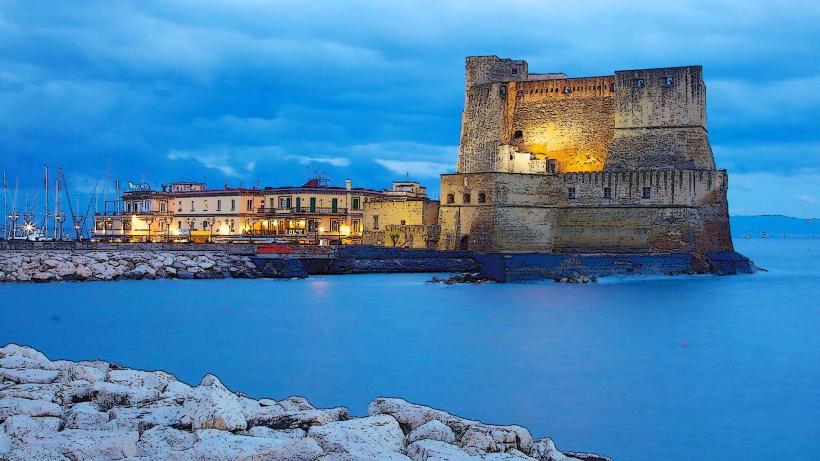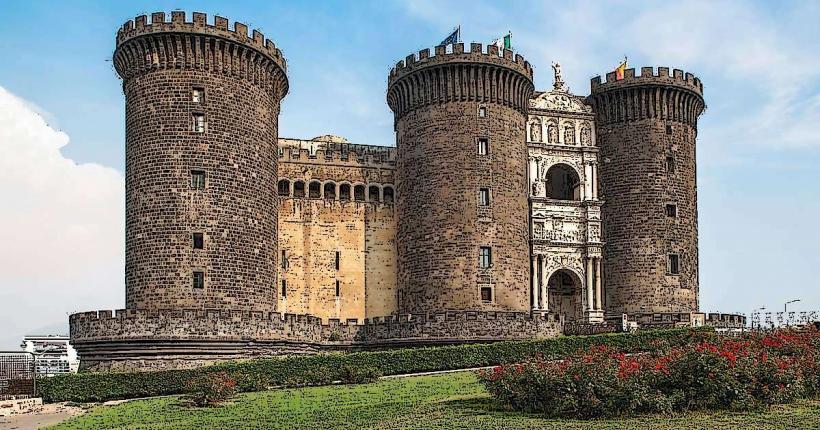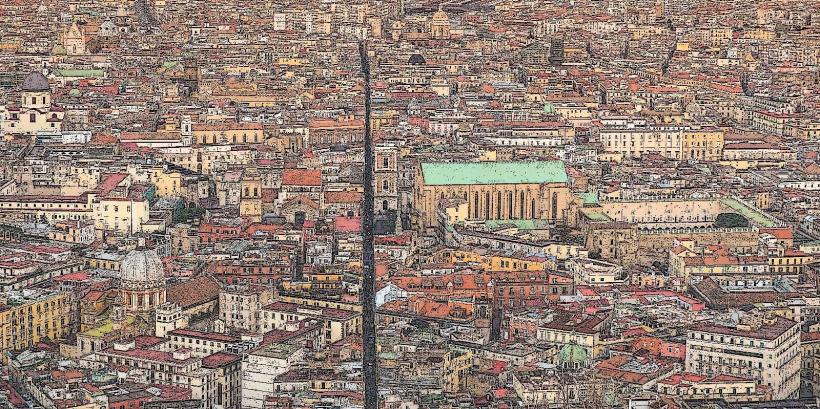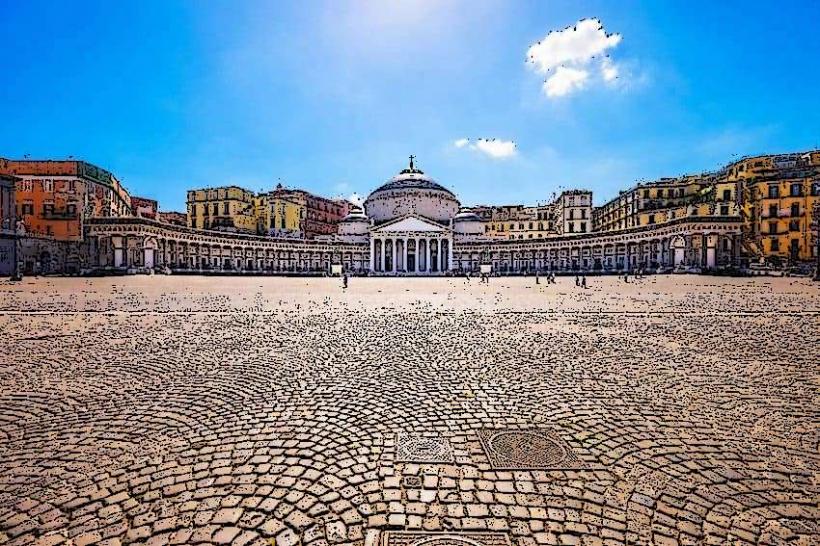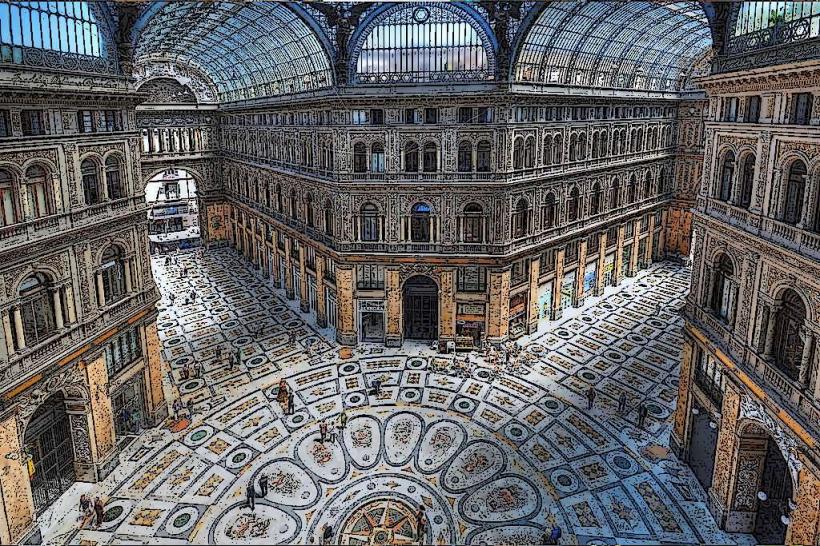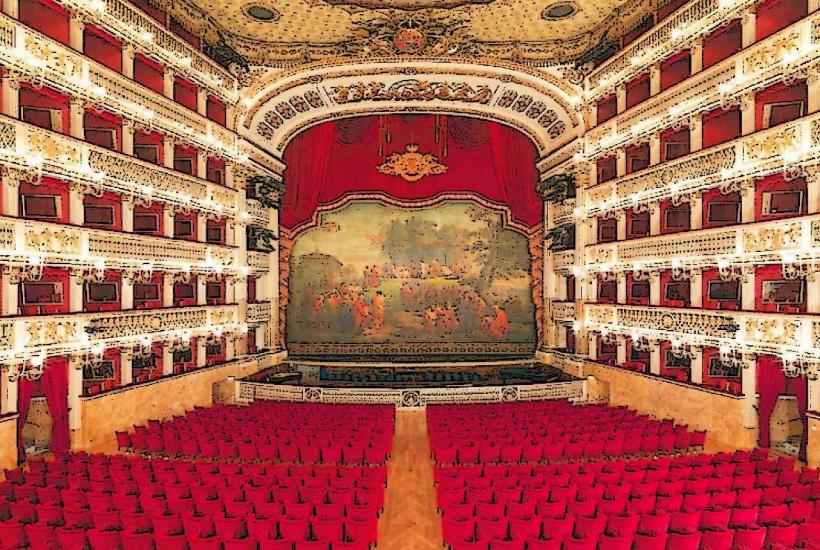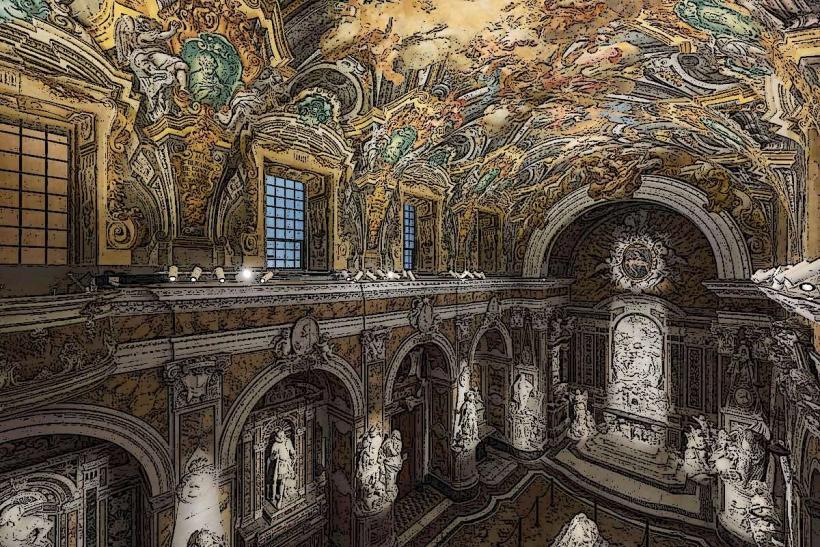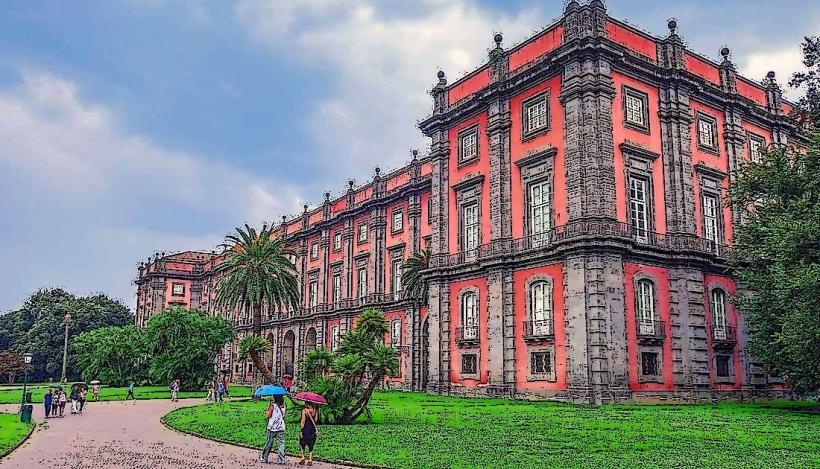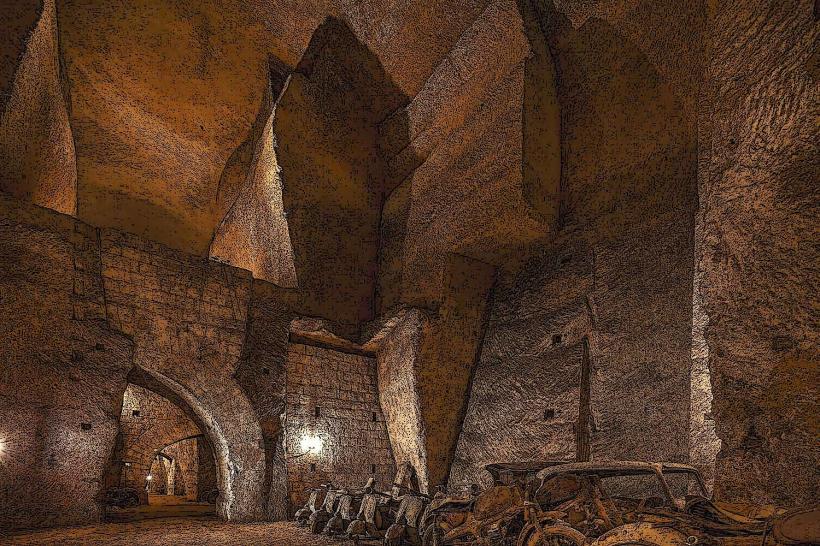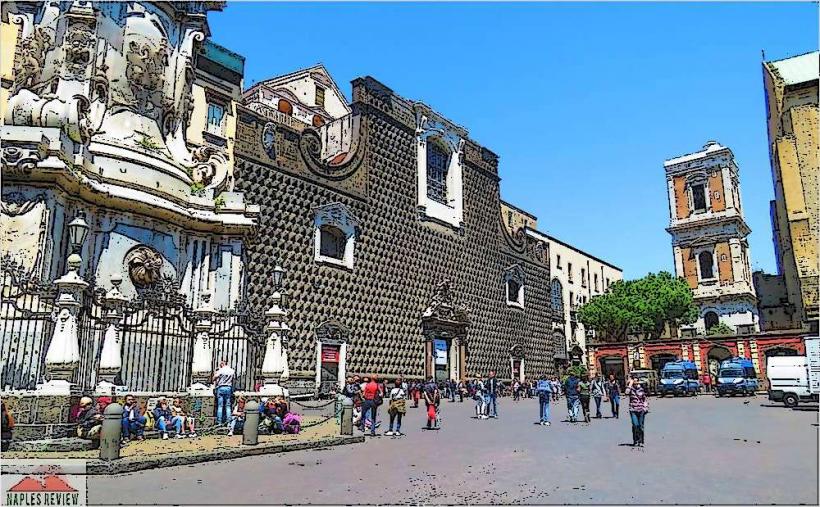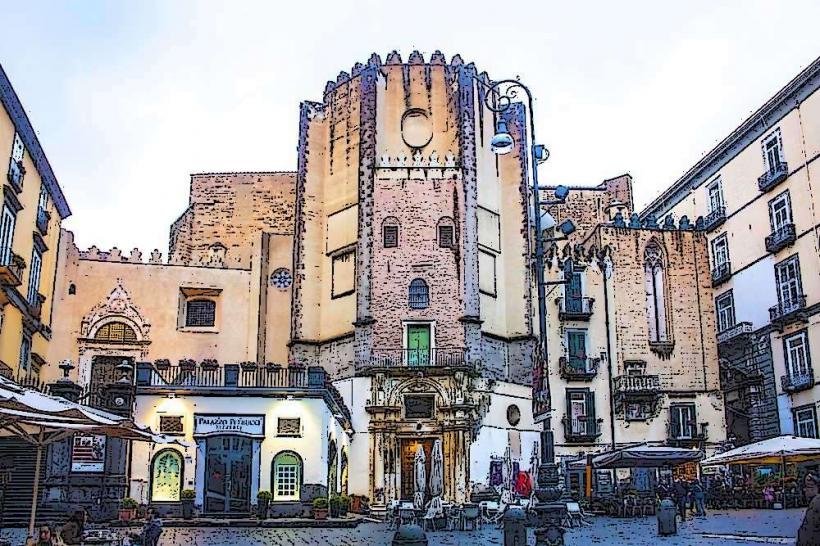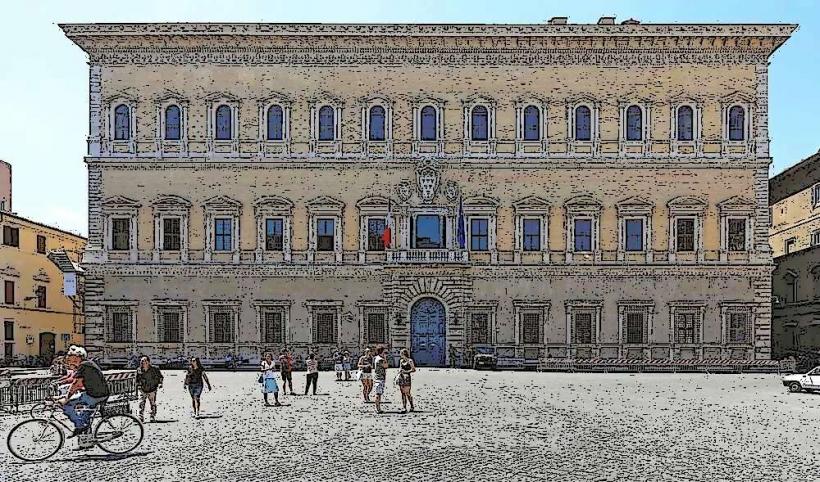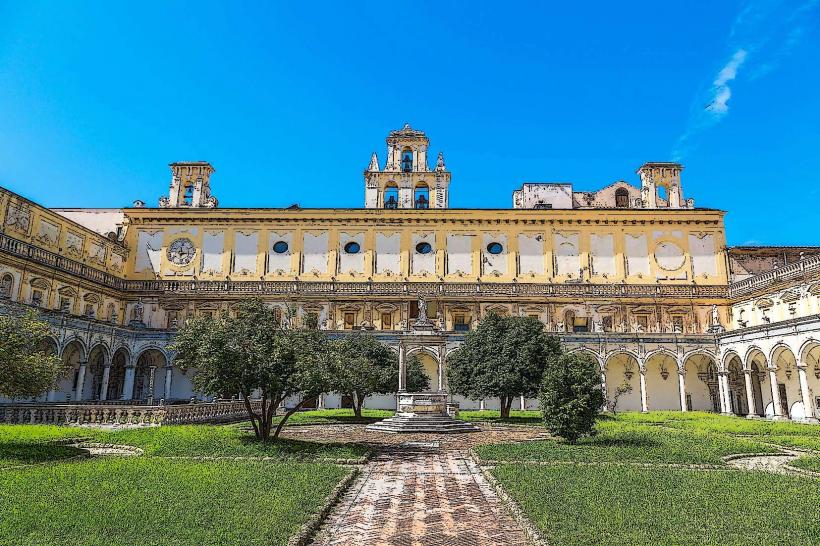Information
Landmark: Royal Palace of NaplesCity: Naples
Country: Italy
Continent: Europe
The Royal Palace of Naples (Palazzo Reale di Napoli) is one of the most significant historical and architectural landmarks in Naples. Located in the heart of the city, in Piazza del Plebiscito, the palace has a rich history as the residence of Spanish and later Bourbon monarchs and is an essential piece of Naples' cultural and architectural heritage.
1. History and Origins
- The Royal Palace was originally commissioned in 1600 by Viceroy of Naples, the Duke of Osuna. It was built to replace the old medieval residence of the Spanish monarchy, the Castel Nuovo.
- The design of the palace was initially by Giovan Giacomo di Conforto, but the structure underwent significant changes and additions over time, especially during the Bourbon dynasty, which ruled the Kingdom of Naples from the late 18th century until the unification of Italy in 1860.
- After the fall of the Bourbon monarchy, the palace became a museum and has since been open to the public, showcasing the opulent lifestyle of its royal inhabitants and the grandeur of Neapolitan aristocracy.
2. Architectural Style
- The Palazzo Reale is built in a Renaissance and Baroque style, reflecting the transition of architectural trends during its construction. The palace's grand façade is a mixture of classical elements with the more decorative and ornate touches that characterize Baroque architecture.
- The palace was designed to serve as both a residence and a symbol of power. Its imposing presence in the city was meant to convey the wealth and authority of the Spanish and later Bourbon monarchs.
- The interiors of the palace are equally impressive, with sumptuous rooms and richly decorated halls, many of which are adorned with frescoes, paintings, and antique furniture from the period.
3. Key Features of the Royal Palace
The Palace’s Interior
- The Royal Palace consists of several floors and rooms, each with distinct features reflecting the tastes of the different monarchs who lived there. Among the most notable areas are:
- The Throne Room: A grand room used for royal ceremonies, featuring magnificent frescoes, golden accents, and luxurious furniture.
- The Royal Apartments: These rooms were once inhabited by the royal family and include a series of elaborately decorated rooms, such as the King's Bedroom, Queen’s Apartments, and Private Chambers. Many of these rooms still feature their original decorative arts, paintings, and period furniture.
- The Hall of Mirrors: A Baroque-style room with large mirrors and glass chandeliers, showcasing the luxury of the royal household.
- The Small Chapel: An intimate chapel within the palace, used for personal religious ceremonies by the royal family.
The Grand Staircase
- The Royal Palace is known for its grand staircase, which leads to the upper floors. The staircase is richly decorated, with marble steps and sculptural elements that reflect the palace's majestic character.
The Palatine Library
- The Palatine Library is one of the most remarkable features of the palace, with an extensive collection of books and manuscripts. Founded by Charles of Bourbon, the library holds works of significant historical, scientific, and literary importance.
The Gardens
- The gardens surrounding the Royal Palace are an important part of the property. The Palazzo Reale Gardens are beautifully designed with neatly trimmed hedges, fountains, and sculptures, providing a serene and lush environment for visitors. The gardens overlook the Gulf of Naples and Mount Vesuvius, offering breathtaking views.
- These gardens were designed in the French style by Ferdinando Fuga in the 18th century and are perfect for a relaxing stroll, as well as offering views of the Neapolitan coastline.
4. The Royal Palace’s Role in Naples’ History
- The palace was the residence of numerous monarchs over the centuries, including the Spanish Viceroys, Bourbon kings, and eventually, the King of Italy after the unification of the country.
- During the Napoleonic occupation (1806–1815), when the Kingdom of Naples was ruled by Joseph Bonaparte and later Joachim Murat, the palace also served as a royal residence. It was during this time that many of the art collections and decorative items were added to the palace’s interiors.
- After the unification of Italy, the palace was no longer a royal residence but continued to be used as a government building and eventually became a museum.
5. Museum and Visitor Experience
- Today, the Royal Palace of Naples serves as a museum, offering visitors a glimpse into the opulence and history of the former royal family. The palace is a significant cultural destination in Naples, with its interior rooms, art collections, and historic furnishings.
- The museum hosts a variety of exhibitions, including art exhibits, historical displays, and temporary exhibitions that explore the royal history and the culture of Naples.
- Visitors can explore the palace's rooms and gardens with audio guides or on guided tours, which are available in several languages. There is also a museum shop offering souvenirs and books about the palace's history.
6. Conclusion
The Royal Palace of Naples stands as a monumental symbol of Naples' royal past, showcasing its wealth, grandeur, and historical significance. With its opulent architecture, magnificent gardens, and historical artifacts, the palace remains a must-see for those interested in the history of Naples and Italy.


